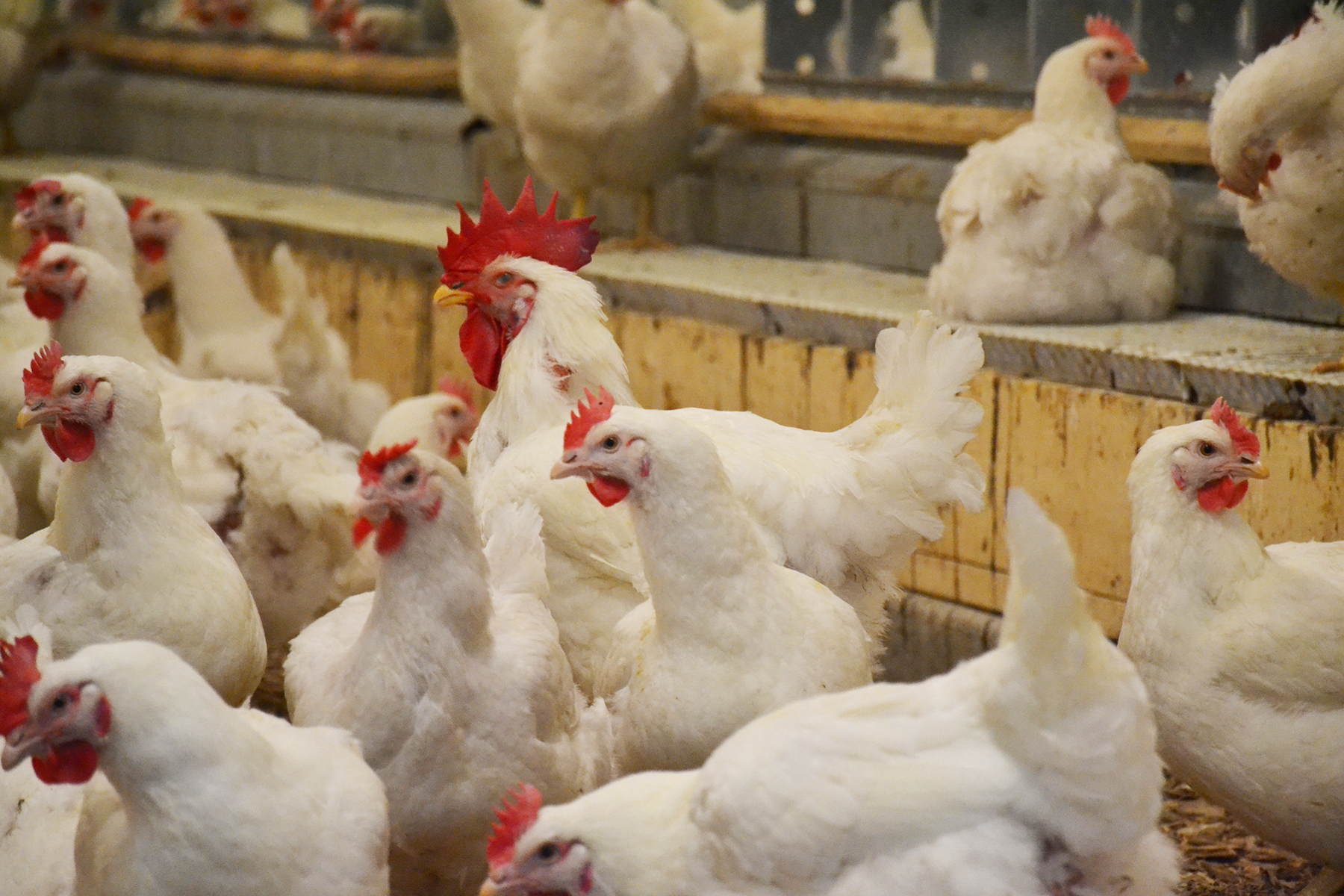ABBOTSFORD – People often say a good deal is one that neither side likes. If that is true, the BC Chicken Marketing Board’s latest pricing formula must be a great deal.
Introduced in mid-June, the formula determines prices from period A151 (beginning July 8, 2018) to period A156 (ending June 8, 2019).
Both the Primary Poultry Processors Association of BC and the BC Chicken Growers Association have appealed the formula to the BC Farm Industry Review Board, with the BC Broiler Hatching Egg Producers Association applying for intervenor status in the appeals. FIRB has decided to combine both appeals into a single hearing, meaning that, ultimately, FIRB will again determine live chicken pricing in BC.
FIRB set aside the first five days of October and the first two days of November for the hearings but even seven days may not be enough, BCCMB manager Bill Vanderspek told chicken growers at their regular meeting in Abbotsford, September 12. He pointed out the PPPABC, BCCGA and BCCMB each expect to have two independent expert witnesses testify at the hearings.
PPPABC is asking the BC live price to match Ontario’s plus a fixed differential of 6.5¢/kg for a period of three years. BCCGA is asking for the formula to include 100% of the difference in feed costs between Ontario and BC instead of the 75% it now includes. It also wants the modular loading cost-recovery premium of 1.2¢/kg included in the formula, as it was in the previous formula.
The pricing appeal is not the only appeal BCCGA is launching. BCCGA president Dale Krahn told growers the association intends to appeal a BCCMB decision not to fund a feasibility study into a grower-owned hatchery and/or processing plant unless it can convince the board to reverse its decision. He noted growers overwhelmingly supported the feasibility study at their June meeting.
In a closed portion of the June meeting, growers had also discussed tips on growing chicken. Krahn said the discussion was “very useful.”
“We are in this together and I’d like you all to share how you grow better chicken,” Krahn told growers, saying the association is planning a confidential online survey as a follow-up to the discussion.
Maximum mortality rates
Growing better chicken is critical since Chicken Farmers of Canada will be instituting a maximum mortality rate into its animal care program at the end of the year. The new rules would require growers to take corrective action if more than one consecutive flock has mortalities above the national average of 4.25% for a 38-day bird. Failure to take action could also result in growers losing their high-density designation.
Many growers complained about the requirement, saying few of their flocks have mortality rates below 4.25%.
Vanderspek noted this is a national standard.
“[It is] not intended to penalize anyone for problems in the barn. The key is undocumented mortalities,” he said.
“If you have high mortalities, send your birds to the lab and try to understand what’s happening,” added BCCMB inspector Jason Maarhuis.
One grower told the board growers aren’t the only ones to blame.
“You also have to look at hatcheries. They have to be accountable, too,” she said.
Mortalities may be high but that isn’t keeping production down. Vanderspek noted production from January to July was 10% higher than the previous year. In period A150, which ended July 7, BC was 2.89% over its allocation, leading to a $300,000 over-marketing levy from the CFC.
However, Vanderspek was unfazed by the penalty, telling growers it is “better for our province to be on the plus instead of the minus side of production.”


 Wildfires prompt local response planning
Wildfires prompt local response planning